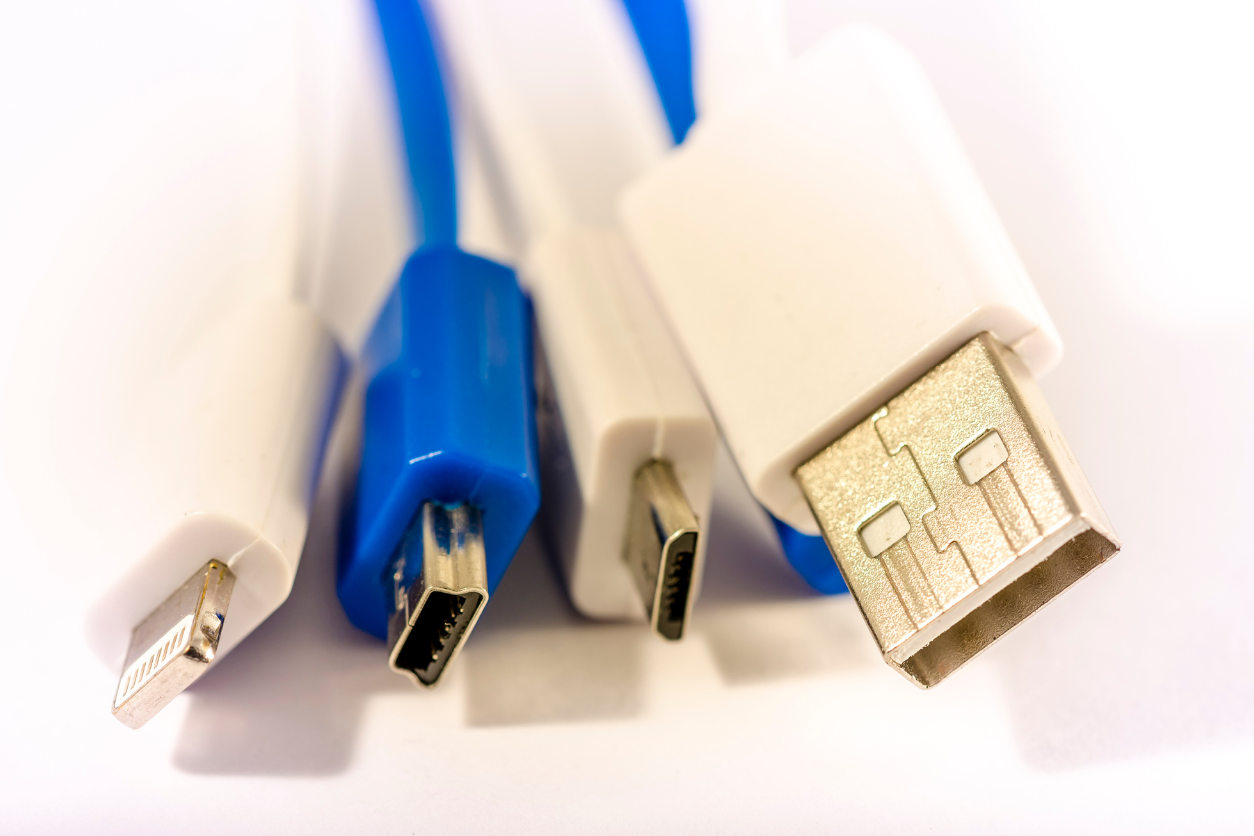Why Are There So Many USB Cable Types?

Universal Serial Bus (USB) cables came into the scene in the 90s and have since become more powerful, smaller, and faster. Like many other forms of technology, USB cables have come a long way, and manufacturers are still not done creating them. We keep seeing more technological upgrades and many different products being released, all of which differ from each other. And boy, does it get even more difficult to distinguish the different cords from one another. If you’ve ever walked into an electronic store or searched online for a USB cable, then you know how easy it is to get lost in the mess of different types. We have put together this concise guide to help define the types of USB cables and show you how to maneuver the complexities.
What Are the Types of USB Cables Out There?
The most common types of USB cables are USB-A, micro USB, and USB-C. They are made for different devices and have varying functions. However, to give you well-rounded information, we will be discussing all the different types.
USB-A
USB Type-A is the original, flat, and rectangle form of USB that you can find on the end of almost every USB cable. It is also the type of USB that no one on the planet seems to be able to plug in on the first try. Most computers and laptops have USB-A ports so that you can carry out data transfer or charge your devices. These ports are also found on game consoles and televisions.
USB-B
This type of USB cable is not so common anymore but can still be found with some printers and scanners. They are somewhat bulky, so many manufacturers have moved on to smaller connections.
Mini USB
Back in the day, mini USB was a favorite for mobile devices. It was derived from USB-B but has gone out of fashion in recent times. However, you may find it on some devices such as MP3 players, PlayStation 3 controllers, cameras, and some other products from Sony.
Micro USB
For many people, a micro USB cable is still the standard for data transfer and charging, but the reality is, it is slowly fading out of popularity. It is smaller than a mini USB and was previously used for many smartphones, tablets, and game controllers. Many manufacturers have moved on to USB-C, but some still use micro USB cables because they are much cheaper to produce.
USB-C
A USB-C cable is currently the standard on the scene because of its abilities in data transfer, power, and display connectivity. Most of the latest devices, including laptops, mobile phones, game consoles, microphones, and even earbud charging cases, use a USB-C cable. The form factor for a USB-C cable is reversible, so unlike its predecessors, it plugs either way. Also, it is the best form of USB for transferring data and fast charging, even for larger devices.
USB-C is a breakthrough advancement that does all the things its predecessors can do better and quicker. It can even adequately power larger devices like laptops and televisions, and is easy to setup with a multiport adapter.
Lightning
Lightning cables are Apple’s exclusive connector cables. These reversible cables are only compatible with iPhones and iPads. Though lightning cables are not true USB cables, they are sometimes confused with USB cables. We call most phone connection cords USB cables, so this misconception is not a surprise.
How Can I Use Multiple Types of USB Cables?
We do not yet live in a single cable world, and while we wait for Apple and other manufacturers to get their acts together, we are still under the limitations of using multiple cords. Meanwhile, adapters are the way to go. For example, you can use a lightning adapter to connect other peripherals to iPads and iPhones. Another practical example is a USB to USB-C adapter. Such an adapter helps you connect devices with USB-A cable ends to USB-C ports for faster charging and data transfer.
Your Trust, Our Core Commitment
At Rising Tech, earning and maintaining your trust is the cornerstone of our mission. We're dedicated to transparency, impartiality, and the relentless pursuit of truth in every article, review, and recommendation we publish. Our commitment to these principles ensures that you, our valued reader, are always equipped with reliable and unbiased information. Let us be your trusted guide in the ever-evolving world of technology.